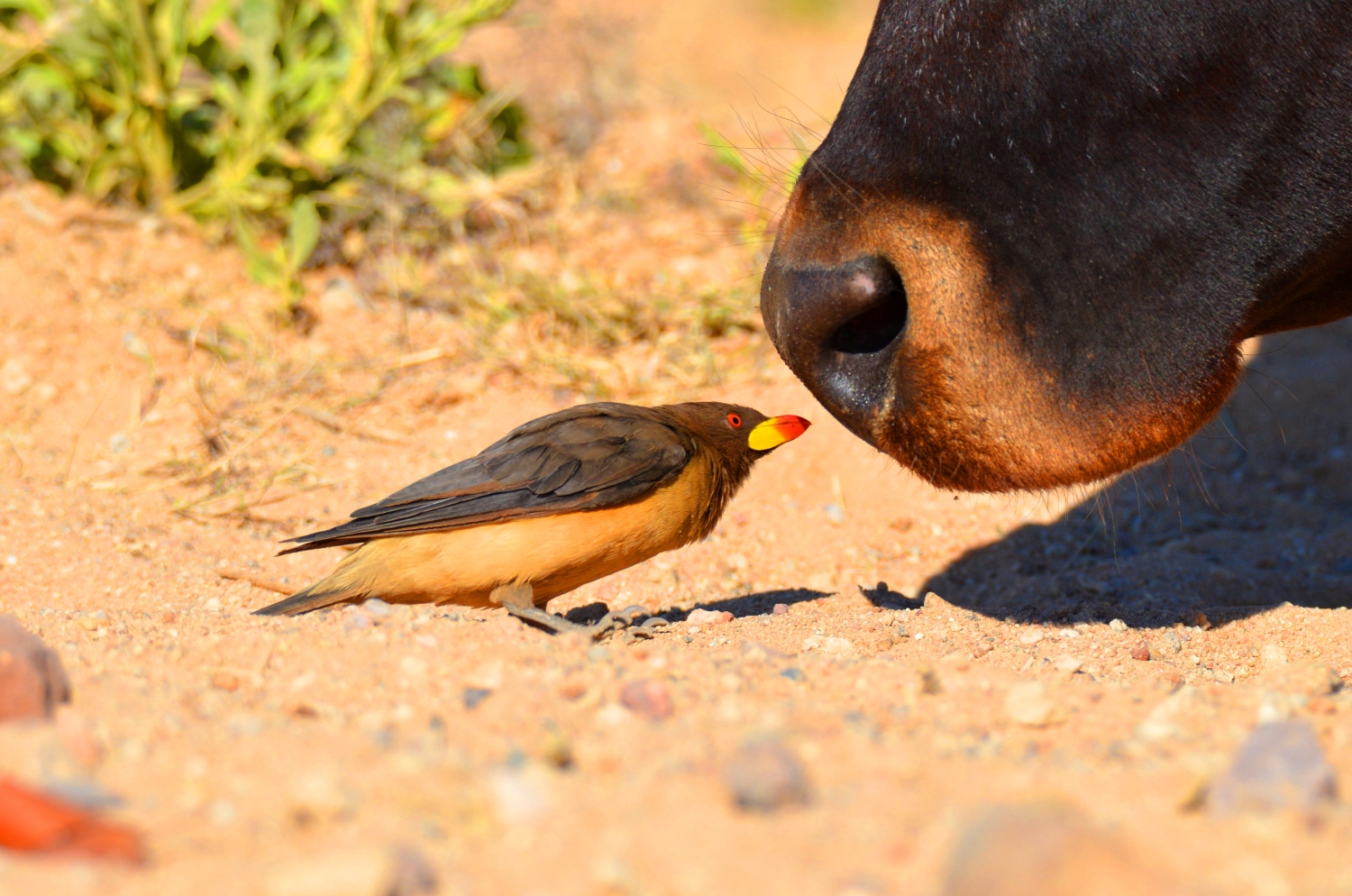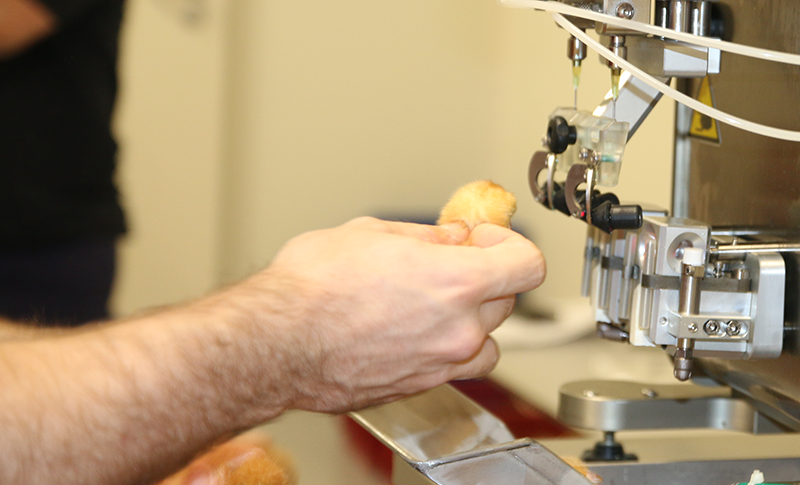Last month, the bird flu virus was discovered in cows in various US states. This week, it was reported that the same highly pathogenic bird flu virus had been detected in a person with pinkeye (conjunctivitis) in the state of Texas. ‘We have to take this very seriously.’
Professor Wim van der Poel (Wageningen Bioveterinary Research) studies threatening viral diseases in animals, viruses that can be transmitted via food, and viruses that can be transmitted from animals to humans. What does this news mean for humans and animals in Europe?
Since the coronavirus pandemic, the whole world is familiar with the concept of ‘zoonosis’. How do you view these reports, given what we know about that pandemic?
‘Bird flu already is a pandemic really, not among humans, but among animals. It was recently discovered the virus has spread as far as the penguins in Antarctica.‘
‘The problem is that bird flu has been found repeatedly in various mammals in recent years. That the virus jumps across to mammals more and more easily is worrying. From there, it is only a small step to infecting humans. If it then also gets transmitted from person to person, we have a serious problem.’
Bird flu was previously found in mammals, so the situation in America is not unusual. Why are we more aware of this now?
‘We previously found the bird flu virus in predators such as foxes, but this is the first time it was found in ruminants such as goats and cows. The spread to predators can be explained: they eat the carcasses of birds and are infected that way. The situation is different in cattle, because in principle they don’t eat birds.’
‘For now, we can only speculate. It’s still probable that wild birds caused the infection in these cattle. They may have been exposed to the droppings of infected birds, or perhaps to a virus-carrying bird carcass that got into the feed. Cattle aren’t exactly picky eaters, so in theory that’s possible.’
Can cattle spread the virus further?
‘If the cattle are in the same barn, they probably ate the same feed. If that’s the cause, it makes sense that multiple cattle got sick. But we can’t rule out the possibility that the cattle infected each other.’
‘Virus particles were found in the milk of the infected cows. That means that they are excreting the virus. Via faeces, urine, milk and exhaled air, they can infect other animals – or humans, as is evident from the Texas company employee who got an eye infection. We must certainly take the risks to humans seriously.’
Should we be particularly worried here on this side of the Atlantic?
‘The virus variant circulating in the United States now is different from the European variant we had last autumn. They both evolved from the same virus, but are clearly different. In addition, bird flu has not been detected in poultry in the Netherlands since November 2023. The requirement to keep poultry indoors was just lifted. There is also no indication of bird flu in ruminants. In Europe, the risk of a similar outbreak is probably very low.’
I don’t think we’ll get rid of bird flu in the next few decades. That’s why it’s particularly important that we continue to monitor it in different animal species and keep working on a good vaccine for people.
Professor Wim van der Poel (Wageningen Bioveterinary Research)
‘It does however suggest a need to do more research to find out if it could happen in the Netherlands in the future. We want to know whether cattle are susceptible to the bird flu virus. For example, we can look at cattle from farms where they have been in contact with infected wild waterfowl. If those cows have antibodies against recent viral strains, we know they’ve also been infected. This can be a reason for more safety precautions and extra warnings to consumers.’
How high is the chance that an infected bird will fly halfway across the world and spread the American variant here?
‘There is always a risk of a similar transmission as in America, but the chances are small. Wild birds are now flying in the right direction due to migration. At the moment there is little circulation of the bird flu virus, plus it’s a completely different variant. So unless someone here imports an animal illegally, I’m no more worried than usual. But we are keeping an eye on it.’
Will we ever get rid of bird flu?
‘We are now doing field research with bird flu vaccines for poultry. This is promising. Vaccination can prevent the disease in poultry, but we can’t do anything about the transmission between wild birds. I won’t rule out that there might be a similar vaccine for cattle in the future. And for people; scientists across the world are already working on it.’
‘Because I don’t think we’ll get rid of bird flu in the next few decades. That’s why it’s particularly important that we continue to monitor it in different animal species and keep working on a good vaccine for people. Currently, it is not very contagious for people, but if the risks increase very quickly and more people get sick, we can intervene with vaccinations.’

 The American cattle were probably infected by wild birds, via exposure to bird droppings or infected bird carcasses processed in the feed, says virologist Wim van der Poel. Photo Shutterstock
The American cattle were probably infected by wild birds, via exposure to bird droppings or infected bird carcasses processed in the feed, says virologist Wim van der Poel. Photo Shutterstock 

